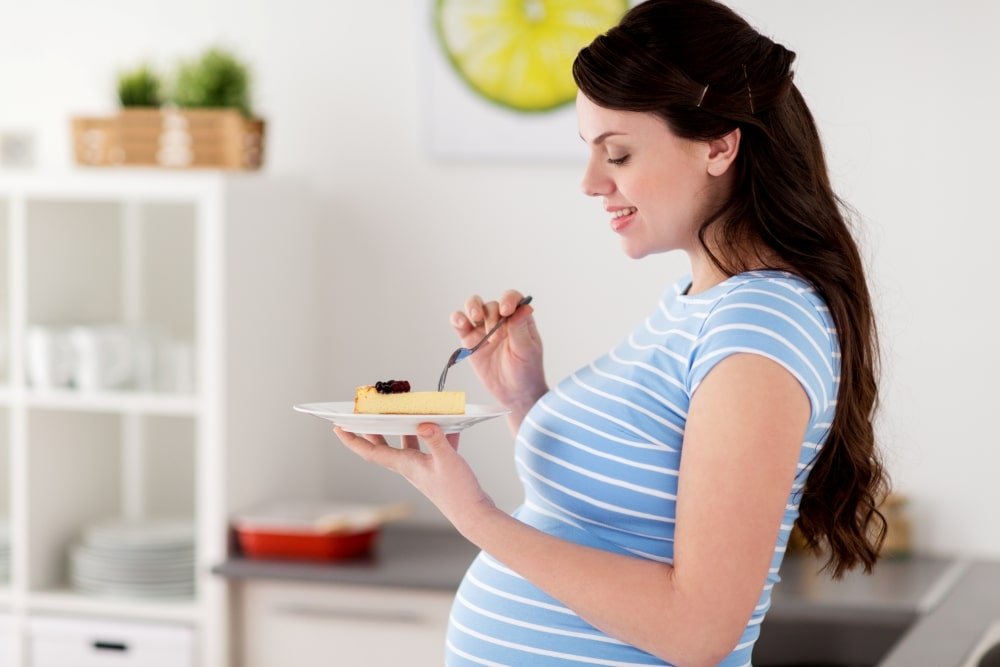For those looking to start a family, understanding how fertility works and when the best chances of conception occur can make a big difference. By learning about key factors like the four major hormones that regulate the menstrual cycle, you can better understand what points in your cycle are going to be your peak fertile times of the month. Figuring out exactly when you hit those points can be easier if you use a tool like an at home progesterone test to track your levels of these key hormones, since all four tend to move in a predictable relationship to one another.
- Oestradiol, the most common form of estrogen
- Progesterone
- Luteinizing Hormone
- Follicle Stimulating Hormone
Oestradiol is the primary sex hormone for women, and it affects everything from skin texture to muscle and fat distribution, in addition to its role in fertility. Progesterone is also a basic hormone with a broad range of functions, and its levels can affect one’s energy and libido in addition to the menstrual cycle. The other two hormones, LH and FSH, are less commonly discussed. It’s not surprising many people do not realize how important they are to fertility.
Luteinizing Hormone (LH)
The first thing to realize about LH is that it is actually made in the brain, in the pituitary gland specifically. This is the hormone that triggers the release of an egg from an ovary when it is time. Levels of this hormone rise quickly when it is time to release the egg, so they fluctuate predictably throughout the month.
While LH is an important hormone for the menstrual cycle, it is not a sex-specific hormone. It also exists in men, although male levels of LH do not tend to fluctuate much over time. For men, it is the hormone that stimulates sperm production in the testes. That means it plays a key role in reproduction for both sexes.
If LH triggers the release of the egg from the ovary, then when does implantation occur? It usually happens shortly after the release of the egg, within one to three days. Ovulation is the time every month when fertility peaks.
Luteinizing hormone is an extremely important part of the reproductive system, and can be linked to low fertility in adults of both sexes and delayed puberty in children if the body does not produce enough of it.
Follicle Stimulating Hormone (FSH)
This hormone is also produced in the pituitary gland and plays a role in fertility for both sexes. In men, it is linked to the same functions as LH. In women, levels of FSH rise sharply just before ovulation. In the simplest possible terms, FSH goes up to cause ovulation, and LH goes up around the time of ovulation. The two levels peak close enough to the same time that tracking them together is often the point of an at home fertility test.
By better understanding how your body works and when to count on your monthly fertility peaking, you can be more prepared to conceive quickly. That’s why fertility tests can be just as important as pregnancy tests for some women.
Also Read: Highlighting How Menopause Affects Women’s Health





